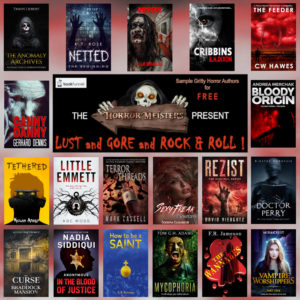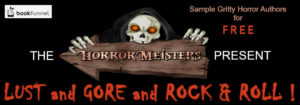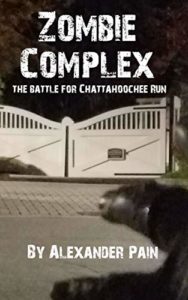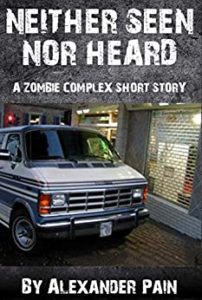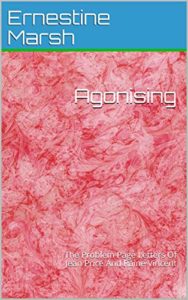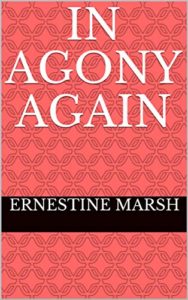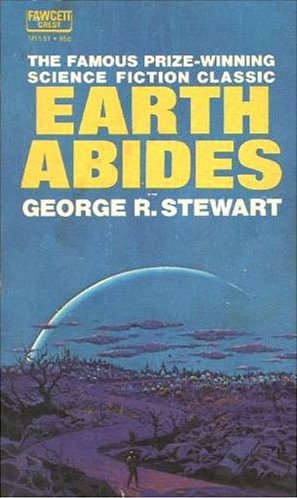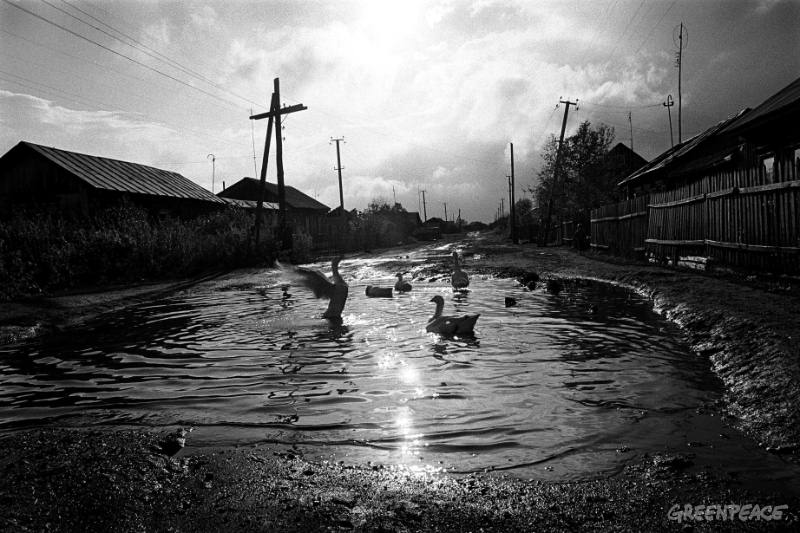Last week I made a few suggestions for your summertime, or wintertime, reading.
This week I’m back with a few more books that will enable you to take a vacay from your daily routine. Enable you to explore new worlds, solve crimes, and witness the world’s first surfing zombie.
The Omega Chronicles by Mark Carnelley
I’m a big fan of post-apocalyptic cozy catastrophes. A cozy catastrophe, in short, is a story about what happens after the apocalypse. These are stories about people and how they survive and how they rebuild their lives and their world. And hopefully make both better in the process.
The two giants in the sub-genre are the classics Earth Abides by George R Stewart and The Day of the Triffids by John Wyndham. They are very much worth reading to get a feel for this important, if often neglected, approach to post-apocalyptic fiction.
Mr Carnelley has penned a superb addition to the cozy catastrophe. A tale about the lone survivor of the end of the world as we know it. To be the last person left alive… What would you do? Would you even want to go on living? There’s much food for thought interwoven in this masterful story of survival.
From my review on Amazon:
This book is no action-packed thriller. It is in the great tradition of Earth Abides. You won’t find zombies, or space aliens, or even triffids. This book is about what it means to live when you are the only one alive. Without diving deep into philosophy, Carnelley gives us a philosophy of life — a philosophy of what can make us have tranquility here and now, free from all the baubles and gadgets and so-called pleasures of “civilized” life.
Good stuff from the pen of Mark Carnelley. Don’t pass this one by.
Don’t Dream It’s Over by Matthew Cormack
This book is one mammoth saga. The tale of a survivor of the end of the world, at least as we know it. The book is written in the form of journal entries and McCormack does a magnificent job in handling what can be a difficult narrative form.
I’ve read a fair number of cozy catastrophes, and I must confess that this one is my favorite. The book is an incredible character study of the narrator. The book is also a realistic picture of what life after the end of the world would be like. In addition, McCormack lays out a very practical and realistic plan for the continued survival of humanity.
This is one amazing book. One incredible adventure. Do buy and read this book. It’s fabulous.
Entangled by J. Evan Stuart
I very much enjoy mysteries. And the older I get the more I enjoy them. Not thrillers. I’m talking the classic mystery as perfected back in the 1930s, and continued today by such writers as Sue Grafton, SJ Rozan, and Lawrence Block.
Entangled is the sole offering in what looked to be a promising series. I write “looked” because Mr Stuart has apparently disappeared. And that is a shame. An incredible shame. For this is a masterful mystery. Stuart tells a story that is part police procedural, part love story, and all pursuit for justice.
The writing is very accomplished. Few debut novels reach this level of accomplishment.
I very much enjoyed the book. And even though it is a solo offering, the book is worth the price and the time you’ll spend reading. Because Stuart sucks you into Sonya and Connor’s world. A world of deceit, prejudice, love, methodical detection, and fast-paced action.
A superb reading adventure!
The Undude by Ben Willoughby
The Undude is the latest release by Ben Willoughby. It is a hilarious dark comedy about a surfer who drowned, his body never recovered, and then comes back to life as a zombie due to toxic waste being dumped into the water.
Mr Willoughby gives us a very funny story that takes a satirical whack at politics, social movements, and environmental pollution. And the Russians are definitely involved!
At base, however, is the message that people just want to be left alone to enjoy life and nature — nature that hasn’t been mangled by commercialization.
A thoughtful and very funny read. Ben Willoughby is one of my favorite authors. There be good reading here.
As always, comments are welcome; and, until next time, happy reading!
Share This!

